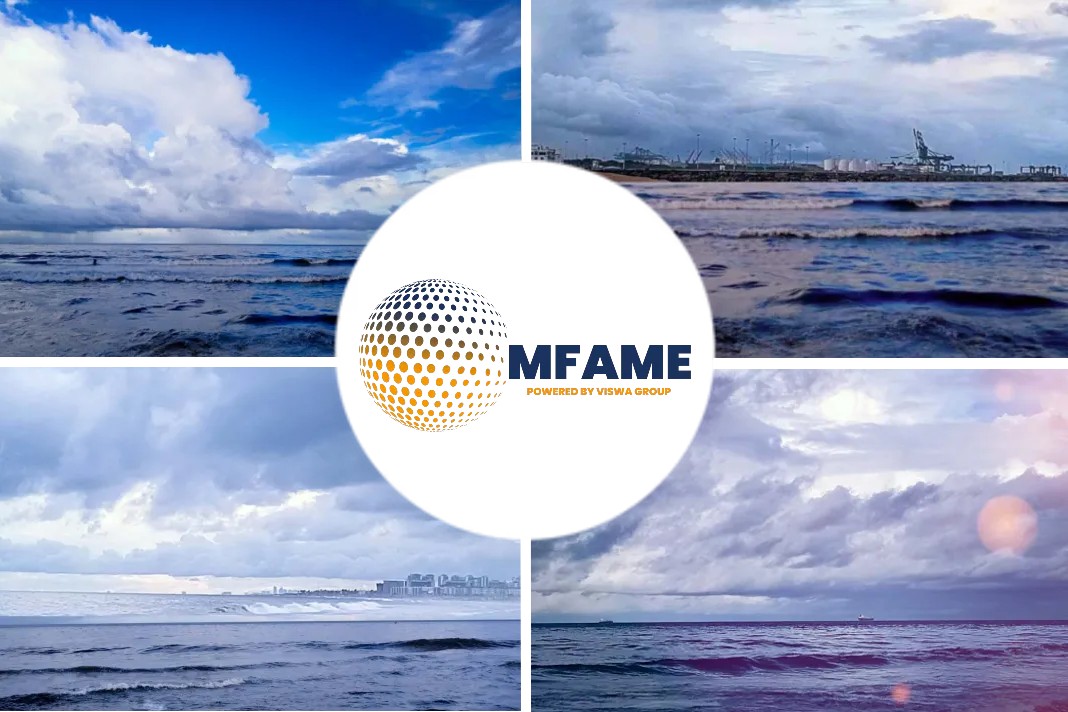
England is one of the few countries in the world where water is fully owned by private companies. These companies answer to investors based thousands of miles away from their customers.
Privatised Water
“What we have here is just a crazy system,” said Kate Bayliss, from the department of economics at SOAS University of London and author of several papers on England’s privatised water. “We are managing our water in the interests of offshore investors.”
These offshore investors include private and state-owned international funds, banks, multinationals and billionaires headquartered outside the UK, and they control at least 72% of English water, new Guardian research has found.
Complex corporate structure
It is hard for customers to hold companies accountable, if they don’t know who the owners are. Some of these owners are hard to track down, partly because they are based abroad, but also because complex corporate structures make it hard to follow the links between different companies.
Sometimes there are many layers of intermediary companies between the water company we recognise and its ultimate shareholders, which makes it difficult to know who is in control – and ultimately, where the money is going.
For Bayliss, the complex corporate structures, in addition to the international ownership, create a lack of transparency. “Is it possible to work out what funds are flowing where? Some fund managers I’ve spoken to have told me: ‘You’ll never get it. Unless you are an insider, you just can’t work it out.’”
Having a high number of intermediary companies leads to an increase in corporate complexity.
It is possible for an English water company to be a direct subsidiary of its parent, as we see with South West Water. But at the other end of the spectrum we have found 10 intermediaries between Southern Water and its parent company, Greensands Holdings.
Sometimes, a complex structure with lots of intermediaries reflects a complex business. For example, Wessex’s ultimate owner, YTL Corp, also owns quarries in Malaysia, and property in Guernsey, so its intermediary companies are a way of grouping types of businesses together.
Lack of transparency
But the lack of transparency caused by intermediary companies can be intentional, says David Hall, visiting professor at the University of Greenwich and a leading researcher on England’s privatised water system.
Having many layers in a corporate structure allows a corporation to move money in different ways.
“[Water company owners] have these wholly-owned subsidiaries where they can hide or tuck away bits of profit or loans or dividend payments to make them more obscure,” says Hall.
Loans can be made between companies in a group. Profits can be declared at different levels of the structure, a choice that can affect where tax is paid, and dividends can be used to move money between companies as well.
“The simple fact that some companies have nine intermediaries and some have only one or two, and some have none, raises a question,” he says. “If South West can get by with no intermediary companies, why do Anglian and Southern need them?”
Southern Water pointed us to their annual report as an explanation for their corporate structure.
The report details that: several companies in a top-level group close to parent company Greensands Holdings Ltd, were set up to “provide additional external financing”. Another mid-level group of companies is described as serving to reduce the debt held at the lower level of the group connected to the water company, with the stated purpose of improving “the financial resilience of Southern Water”. Two holding companies were described as left over from a previous ownership structure.
Southern Water added: “All Southern Water Group companies pay taxes in the UK and have never used offshore companies to avoid tax or levies. We have a Cayman Islands-registered subsidiary company, which was set up to issue debt in the UK […] However, we are working towards closing it.”
Anglian Water Report
Anglian Water’s 2022 report says that during the 2021/22 financial year, three new UK companies were inserted into their corporate structure to help reduce “gearing” or debt levels in the lower levels of the structure. Higher or mid-level companies raise financing that then flows down to the group around the actual water company.
It is an arrangement that Anglian says is aimed at protecting the group’s credit rating and keeping financing costs lower, while ring-fencing debts taken out by companies at the upper level of the structure away from the water company at the bottom.
Anglian says that all companies in the AWG Group holding structure are UK tax-resident.
‘It’s water’
While international ownership and corporate complexity may be commonplace in the world of business and finance, the application of them to an essential service like water is, for Bayliss, the root of the problem. “It’s water,” she says, “and it should be managed in the interests of society and the environment.”
Did you subscribe to our daily Newsletter?
It’s Free! Click here to Subscribe
Source: The Guardian
















